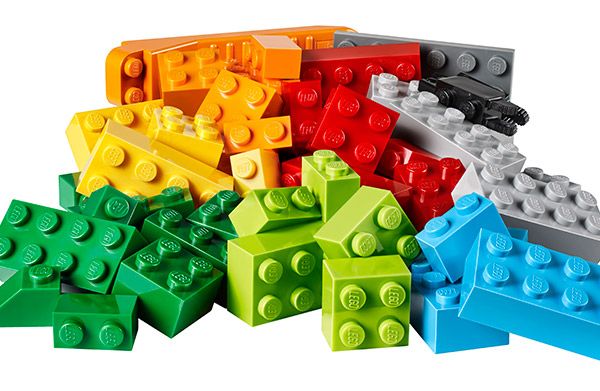New publications
Lego will eliminate the use of plastic
Last reviewed: 02.07.2025

All iLive content is medically reviewed or fact checked to ensure as much factual accuracy as possible.
We have strict sourcing guidelines and only link to reputable media sites, academic research institutions and, whenever possible, medically peer reviewed studies. Note that the numbers in parentheses ([1], [2], etc.) are clickable links to these studies.
If you feel that any of our content is inaccurate, out-of-date, or otherwise questionable, please select it and press Ctrl + Enter.
Today, plastic products pose a great threat to the environment.
One of the largest industries that use plastic is the production of toys, in particular construction sets. Almost every child loves to assemble various houses, railways, pirate ships, etc. The largest and most famous company specializing in the production of children's construction sets is considered to be the Lego company. Each new series of toys leads to tons of "obsolete" parts ending up in the landfill.
It seemed that the company's management, counting profits, did not think about the negative consequences. But the latest news from the company indicates the opposite. Lego specialists are reducing the amount of packaging material, in addition, the company became an investor in offshore wind farms and recently ended its cooperation with an oil company.
The company recently told the press that it intends to completely remove plastic from its products, replacing it with sustainable materials. This transition should occur within 15 years, i.e. by 2030.
For over 50 years, the colorful Lego constructors have been made from plastic, and each year more than 6,000 tons of acrylonitrile butadiene styrene (ABS plastic) are required to produce the parts.
Stopping the use of such a huge amount of plastic could make a significant difference. The company's factories produce a small portion of harmful emissions (about 10%), the rest comes from the extraction and processing of raw materials.
The management also decided to invest a billion dollars in a center for the development of eco-friendly materials for Lego. The center will have one task - to find and promote alternative options for the production of toys. According to plans, one hundred specialists will work in this center.
At present, the company is not announcing how exactly it plans to use the new materials, since it has not yet been decided what exactly will replace the plastic, and there are also no technical designs, but certain criteria for future work have already been outlined.

The material that will replace plastic must be less harmful to the environment.
The Lego center for the development of sustainable materials is planned to be created during this year, possibly including part of 2016.
The company noted that the center will also include certain additional functions. Active cooperation between the center and experts and other interested parties is also planned.
Lego's goal is to stimulate the productivity of the builders of the "future." The company believes that the main investment is made through creative play, which provides children with invaluable experience.
The investments that Lego executives intend to make are a confirmation of their desire to leave a positive mark on the planet, to leave a good legacy for future generations. According to Lego CEO Kjeld Kirk Christiansen, his grandfather, the founder of the LEGO Group, Ole Kirk Christiansen, said that only the best can be considered good enough, so it is necessary to change for the better, which is required by modern living conditions.
